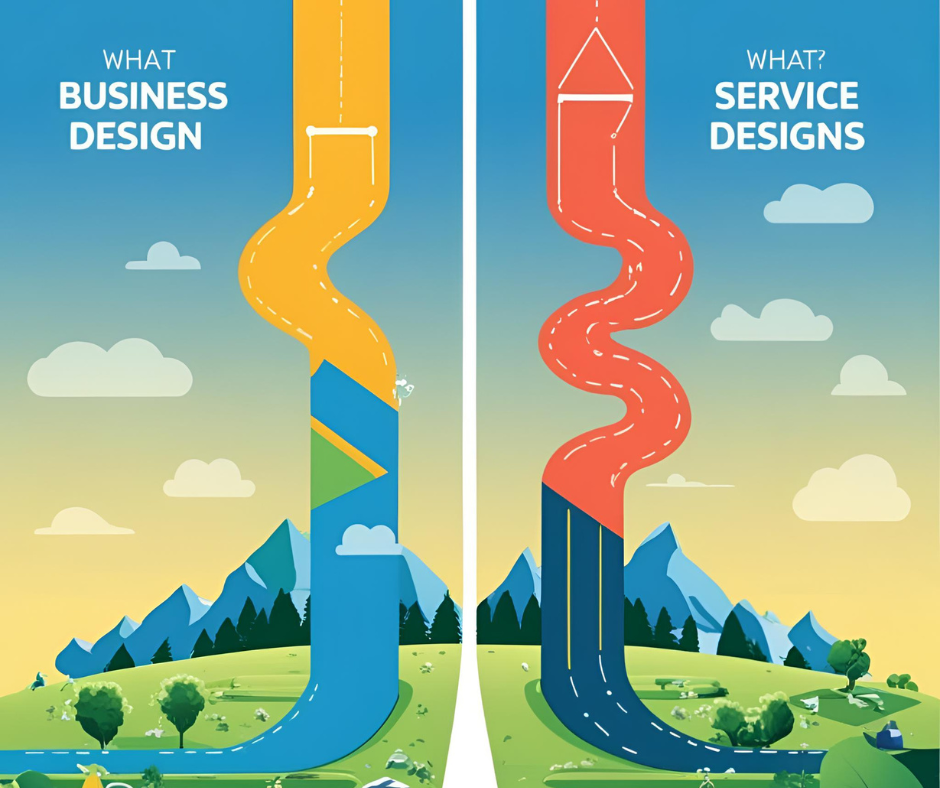Why You Need a Conversion Rate Optimization Strategy

Imagine running an online store bustling with visitors, yet surprisingly, very few turn into paying customers. This frustrating scenario is familiar to many online businesses. The good news? There is a proven way to convert more visitors into buyers: Conversion Rate Optimization (CRO).
My name is Steven Sondang, a seasoned digital marketer. Through years of experience, I’ve seen firsthand how CRO can dramatically improve online business outcomes. In this article, I’ll share realistic reasons why your business urgently needs a CRO strategy, common mistakes to avoid, and practical examples to guide your success.
We will cover:
- What Conversion Rate Optimization means
- Why your business cannot ignore CRO
- Common pitfalls businesses face without CRO
- Real-life examples of successful CRO implementation
Let’s explore how CRO can help you transform more website visitors into loyal customers.
What Is Conversion Rate Optimization (CRO)?
Conversion Rate Optimization is a strategic process aimed at increasing the percentage of website visitors who take a desired action—such as making a purchase, filling out a form, or subscribing to a newsletter. In essence, CRO helps you understand user behavior, identify roadblocks, and make informed changes to your website to enhance conversions.
A robust CRO strategy typically includes:
- Web analytics analysis
- User experience (UX) improvements
- A/B testing and experimentation
- Optimizing landing pages
- Improving call-to-action (CTA) effectiveness
Without CRO, your online strategy might never fully achieve its potential.
Why CRO Is Essential for Your Business
Implementing a CRO strategy offers several critical business advantages:
1. Maximizes Marketing ROI
Marketing and advertising campaigns are costly, and acquisition expenses often rise over time. CRO ensures that you’re not only attracting visitors but converting them efficiently, maximizing your return on investment.
2. Increases Revenue from Existing Traffic
Instead of merely driving more traffic, CRO helps you extract more value from your existing visitors. Even minor improvements in conversion rates can significantly increase your overall sales.
3. Improves Customer Insights
Through systematic CRO processes, you gain valuable insights into user behavior, preferences, and pain points. This data is essential for making informed decisions that enhance overall customer experience.
4. Enhances User Experience
Good CRO strategies invariably improve the overall user experience, reducing friction and frustration for visitors. Satisfied users are more likely to return, recommend your site, and become repeat customers.
5. Promotes Cross-Team Collaboration
Effective CRO requires collaboration between analytics, marketing, sales, design, and development teams. This cross-departmental synergy breaks down organizational silos, fostering a cohesive and collaborative work environment.
Common Pitfalls Without CRO
Ignoring CRO can lead to several critical business pitfalls:
- High Bounce Rates: Visitors quickly leave poorly optimized websites.
- Low Conversion Rates: Without CRO, visitors rarely complete desired actions.
- Wasted Marketing Spend: Inefficient websites waste valuable advertising dollars.
- Poor Customer Experience: Neglected websites frustrate users, harming brand reputation.
Implementing a CRO Strategy: Step-by-Step
Here’s how you can practically adopt CRO principles:
Step 1: Audit Your Current Performance
Regularly assess website performance, analyzing metrics such as bounce rates, conversion rates, and user engagement to identify improvement opportunities.
Step 2: Understand User Behavior
Utilize analytics tools to track user navigation patterns and pinpoint friction points that prevent conversions.
Step 3: Develop and Test Hypotheses
Create hypotheses based on collected data and insights. Conduct A/B testing or multivariate experiments to validate these assumptions.
Step 4: Implement Proven Changes
Deploy successful test outcomes across your website, continuously refining based on performance data.
Step 5: Foster Continuous Improvement
Encourage a culture where ongoing testing, feedback, and optimization become part of your regular business operations.
Real-Life Business Example
Consider an e-commerce brand struggling with low checkout completions. Through a focused CRO strategy, the brand identified complicated checkout steps, unclear CTAs, and slow page loads as conversion roadblocks. After incremental improvements—such as simplifying checkout forms, enhancing CTAs, and optimizing page speeds—they experienced a remarkable 40% increase in completed checkouts within three months.
Boost Your Business with Effective CRO
Conversion Rate Optimization isn’t merely beneficial—it’s essential for businesses serious about digital growth. By continuously refining your online presence, you maximize marketing efforts, boost revenue, and enhance customer satisfaction.
Goal of the Article: To highlight the practical importance of implementing a robust CRO strategy, offering clear insights and actionable guidance for sustainable business growth.
Summary: Conversion Rate Optimization (CRO) turns website visitors into customers by strategically enhancing UX, conducting A/B tests, and optimizing CTAs. Learn realistic reasons why implementing CRO is essential to increase conversions, maximize ROI, and enhance overall customer experience.






